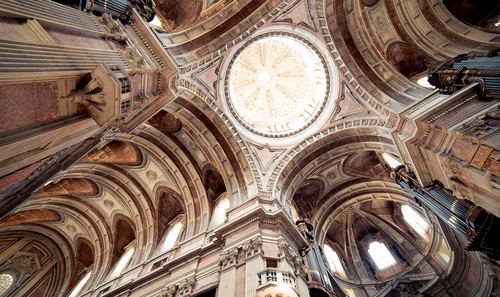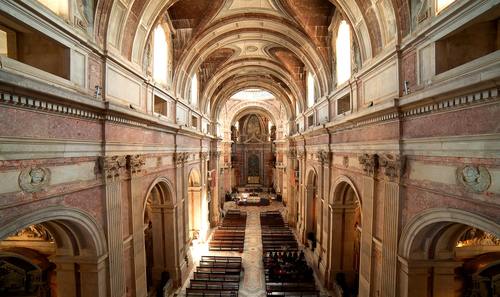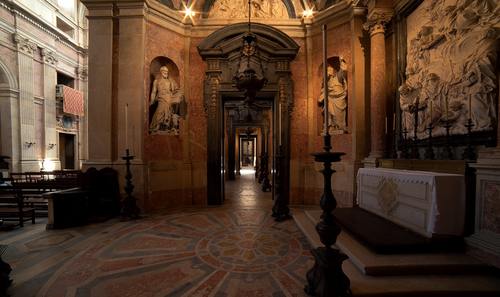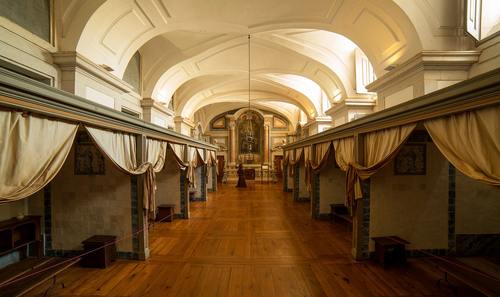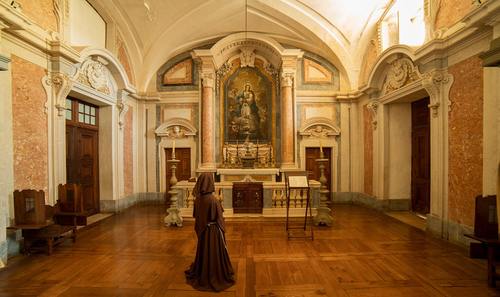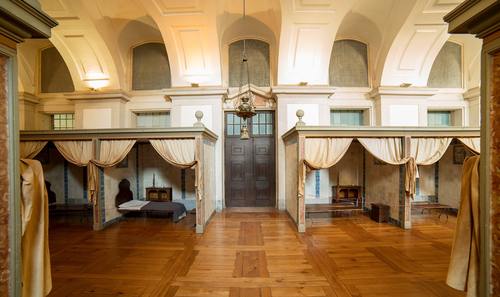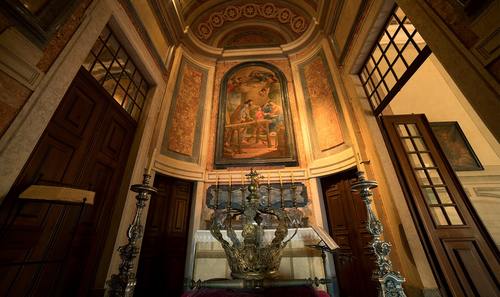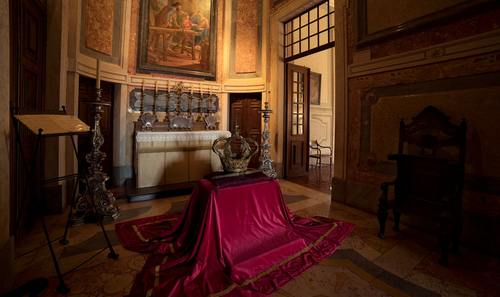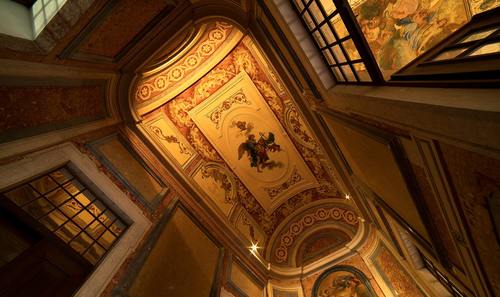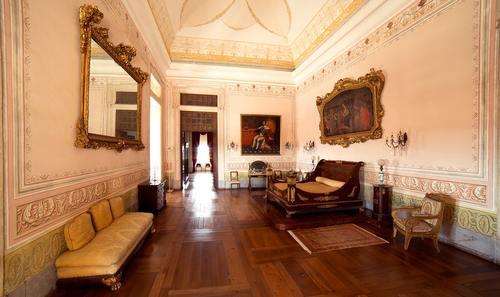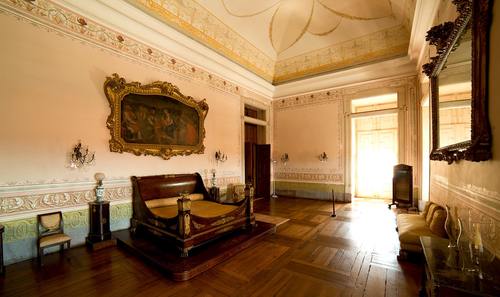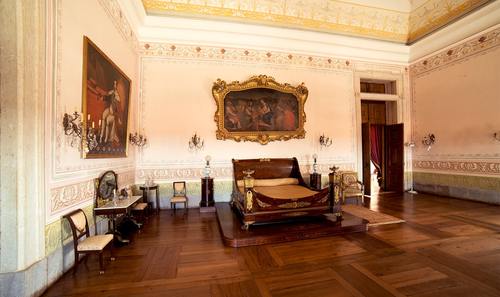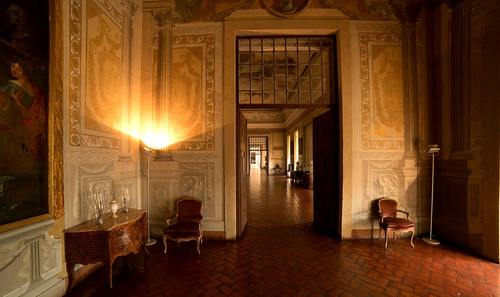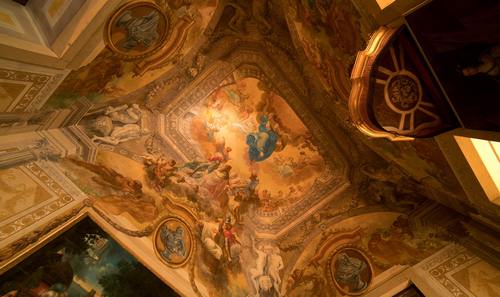Saramago Route
In 1998, he was awarded Nobel Prize in Literature.
National Palace of Mafra
MonumentBasilica
Designed by João Frederico Ludovice, who Saramago mentions in his novel "Baltasar and Blimunda", it occupies the central part of the building and is flanked by bell towers. Built in the baroque style, its interior contains, amongst other treasures, the most important collection of baroque sculpture outside Italy, as well as a unique set of six organs commissioned by João VI. Its dome, which is 65 metres high, was the first to be built in Portugal.
National Palace of Mafra
MonumentInfirmary
When you enter this annex, where monks, doctors and bloodletters would have once busied themselves attending to the seriously ill, it is like travelling in time. On each side of the room are small compartments with straw beds and modest chests. The beds, facing the small chapel at the end of the huge room, allowed patients to watch the celebration of mass...
National Palace of Mafra
MonumentKing's private chapel
Also called the chapel of São João Carpinteiro, it is located in the north tower where the king’s former private chambers used to be and is completely clad in Portuguese stone – limestone and lioz, a rare type of limestone in pink, green and ivory hues. Ironically, these chambers would never be used by João V, who had this lavish building constructed. The same irony is employed by José Saramago throughout the narrative of his novel about the Monastery of Mafra.
National Palace of Mafra
MonumentKing's bedroom
On display in the room is the most valuable piece of furniture in the entire palace: a square bed in the imperial style measuring 2m x 2m. This bedroom, used by the monarchy until the death of King Fernando in 1885, became a guestroom for important visitors to Mafra.
National Palace of Mafra
MonumentHall of Destinies
The ceiling, painted by Cirilo Volkmar Machado, depicts an image of the Temple of Destiny on which the figure of providence delivering the Book of the Destinies of the Fatherland to Afonso Henriques, the first king of Portugal, stands out. Around them can be seen all of the kings of Portugal up to João IV. If Blimunda, one of the protagonists of "Baltasar and Blimunda", had ever entered this room, would she have been able to decipher the desires of all of the monarchs through these portraits?

